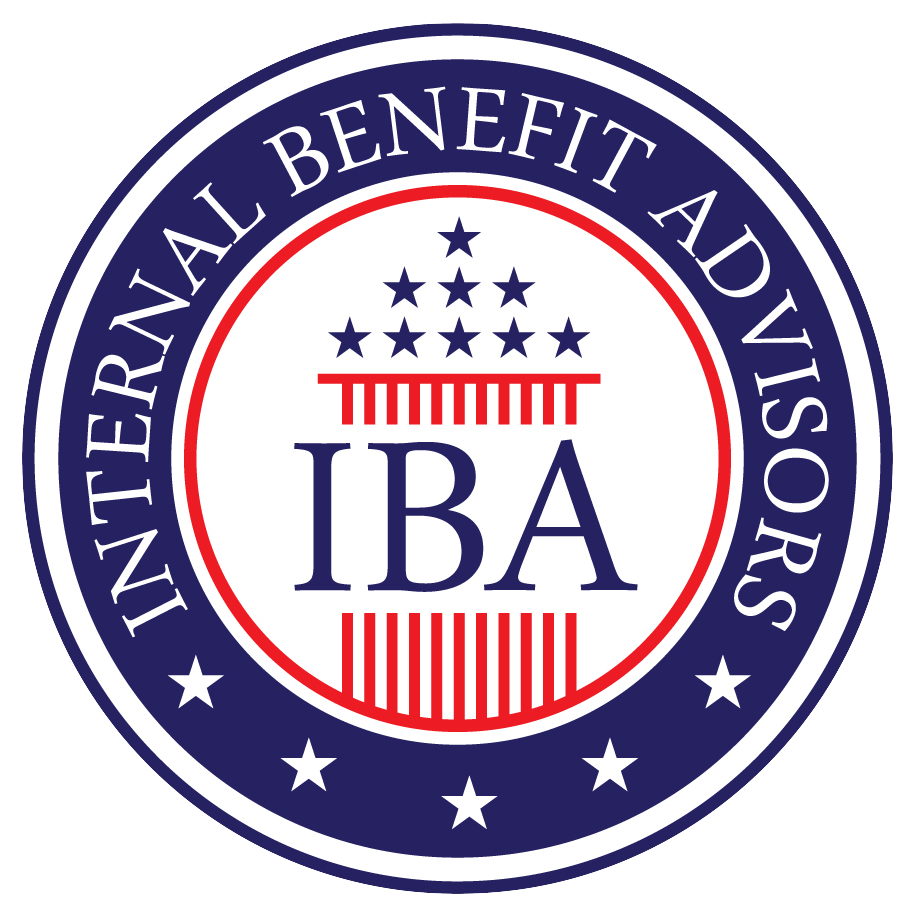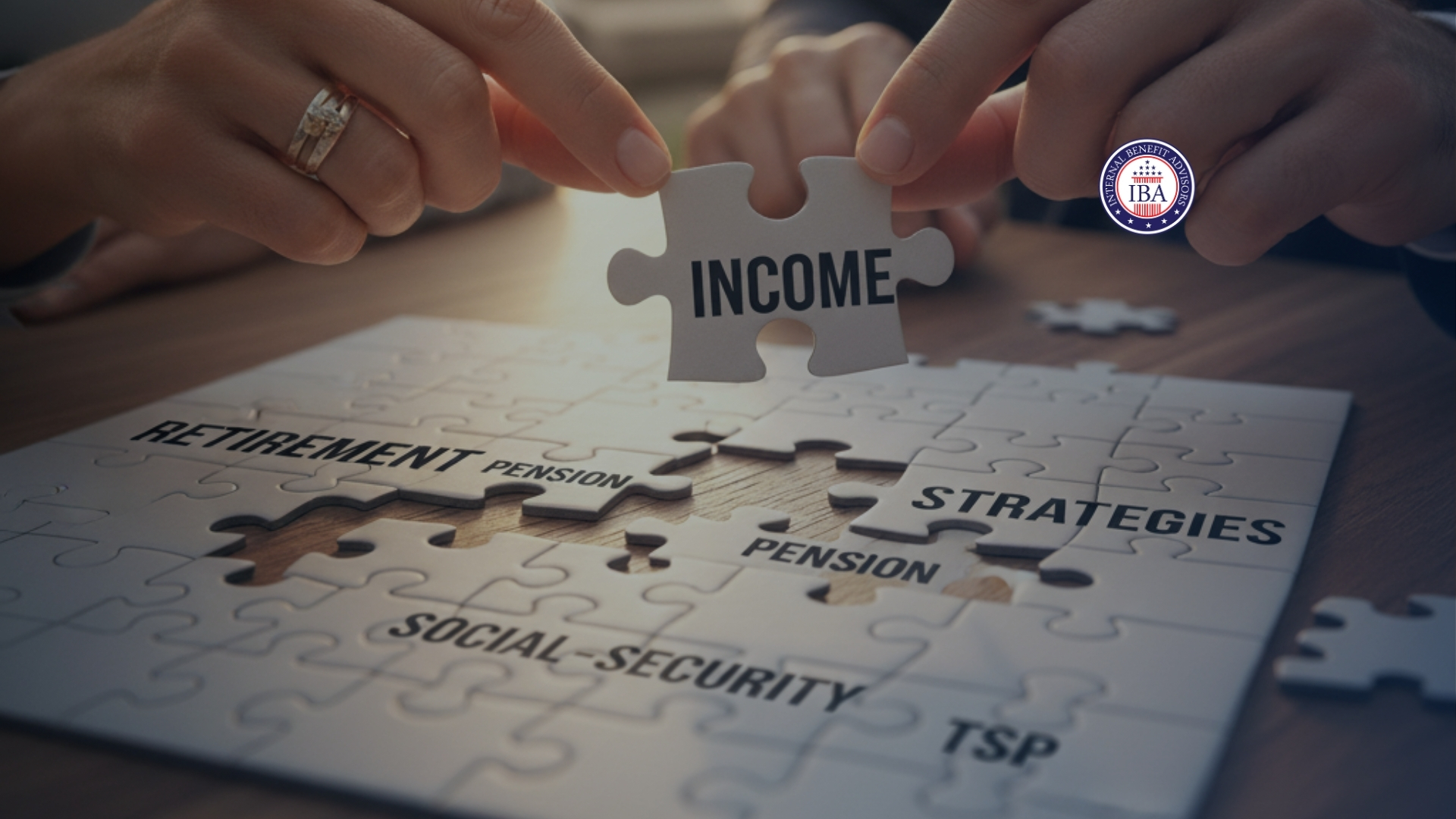As you approach separation from federal service—whether through retirement, resignation, or another path—one significant financial component is the lump-sum payment for your unused annual leave. While often viewed as a final bonus, understanding how this payment is calculated, taxed, and when you’ll receive it is crucial for effective financial planning. A recent FEDweek article delves into these specifics, highlighting potential pitfalls if you’re not prepared.
What Is the Lump-Sum Payment?
Upon separating from federal service, employees are entitled to a cash payment for all unused annual leave hours accumulated up to their separation date. This includes:
- Accrued Leave: The leave earned during the year of separation.
- Carryover Leave: The leave carried over from the previous year, up to the maximum limit (commonly 240 hours for most domestic employees, but higher for SES, those stationed overseas, or under specific circumstances).
This payment essentially represents deferred compensation for time off you earned but didn’t use.
How It’s Calculated: More Than Just Base Pay
The calculation isn’t based solely on your base salary. It uses your hourly rate of pay at the time of separation, projected forward for all the leave hours you’re owed. This hourly rate typically includes:
- Your base pay
- Locality pay
- Administratively Uncontrollable Overtime (AUO) or Law Enforcement Availability Pay (LEAP), if applicable
- Other regular pay additions
Importantly, it generally does not include things like recruitment/retention incentives, performance awards, or allowances for specific expenses (like uniforms). Understanding these components is key to anticipating the correct amount.
The Tax Bite: A Major Planning Consideration
Here’s a critical point often overlooked: Your lump-sum annual leave payment is taxed as regular income in the calendar year you receive it. Depending on the amount (which can represent weeks or even months of pay for long-serving employees with significant leave balances) and your other income for that year (final salary, TSP withdrawals, other retirement income), this payment can easily push you into a higher tax bracket. Failing to plan for this tax liability can lead to a significant, unexpected tax bill come filing season.
Sick Leave: Valuable, But Not Cashed Out
Unlike annual leave, unused sick leave is not paid out in a lump sum. However, under both FERS and CSRS rules, your unused sick leave balance at separation is converted into additional creditable service used in your annuity calculation. According to OPM, each full month’s worth of sick leave adds directly to your service time, potentially increasing your lifetime pension payments – a valuable benefit, though different from the immediate cash of annual leave.
Timing and Potential Delays
While the payment is processed upon separation, don’t expect it in your final regular paycheck. It’s calculated separately and can sometimes take several weeks (or even longer, especially during periods of high processing volume or events like government shutdowns) to arrive. This potential delay needs to be factored into your immediate post-separation cash flow planning.
[Image: A final paycheck stub next to a calendar highlighting the separation date]
Why Expert Guidance is Crucial for This Final Step
The lump-sum annual leave payment is a significant financial event requiring careful management. Integrating it effectively into your retirement or transition plan involves understanding complex calculations, significant tax implications, and potential timing issues. Missteps can be costly.
This is where the specialized expertise of Internal Benefit Advisors becomes invaluable. They are dedicated to educating federal employees on every aspect of their unique benefits package, ensuring a smooth and financially sound transition.
Here’s how Internal Benefit Advisors can help you navigate your lump-sum payment:
- Comprehensive Financial Planning: They help you understand how this lump sum fits into your overall retirement income strategy – whether it’s bridging a gap until Social Security starts, paying off debt, or funding initial retirement goals.
- Tax Strategy Integration: They provide clarity on the potential tax impact and discuss strategies to prepare for it, coordinating with your TSP withdrawal plans and other income sources.
- Cash Flow Management: They help you plan for the timing of the payment, ensuring you have sufficient funds available immediately upon separation, even if the lump sum is delayed.
- Understanding the Calculation: While they don’t perform the official calculation, they can help you understand the components that should be included, enabling you to better anticipate the amount.
- Empowerment Through Education: Knowledge is your best defense against surprises. Internal Benefit Advisors provides the clear, unbiased education needed to make informed decisions about all your separation benefits.
Your final payout is more than just a check; it’s a key piece of your financial puzzle. Ensure it fits perfectly.
Take the definitive step to ensure your separation finances are handled correctly. Contact Internal Benefit Advisors today for a consultation and transition confidently into your next chapter.
References
- FEDweek. “What’s in a Lump-Sum Payment of Unused Annual Leave?”
- U.S. Office of Personnel Management (OPM). Fact Sheet: Lump-Sum Payments for Annual Leave.
- U.S. Office of Personnel Management (OPM). Creditable Service for Leave Accrual.
- Internal Revenue Service (IRS). Publication 525, Taxable and Nontaxable Income.
- Internal Benefit Advisors. Retrieved from https://internalbenefitadvisors.com




